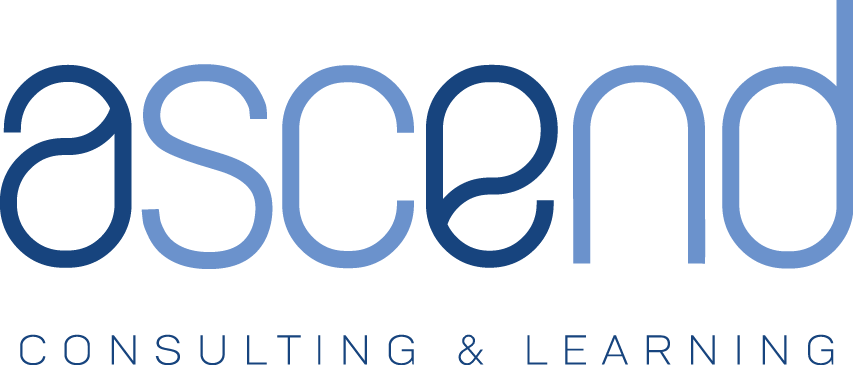
As I wrote about in a previous blog post, culture is an incredibly important and powerful force for architecture and engineering (A/E) firms. It is likely a primary element and driver of your strategy. I also discussed why it is important to understand your culture because decisions you make that affect structure, systems, and people may end up having an impact on your culture and your success. Culture is incredibly important for ensuring fit – for strategy, for individuals within the firm, between firms for mergers and acquisitions, for long term strategic partnerships, etc.
This is great in concept but managing with this information is a challenge. Culture is a nebulous thing that is difficult to recognize and articulate, so how can you understand it enough to recognize how your decisions may affect it? Stated company core values are a good place to start, but they are not enough to understand a company’s culture. Take, for example, two firms considering a merger whose values closely map one another yet operate very differently and have different philosophies outside of those stated values. Think about how different the cultures of two firms could be that share common core values of quality, client service, creativity, and integrity.
Luckily, there are cultural frameworks available that can provide insight into the elements of an A/E firm’s culture that are key to understanding the fit of its structure, systems, and people. I believe the two most useful frameworks for this are the Coxe model for master strategies and the Competing Values framework. Used together, these two frameworks can help managers understand and articulate a firm’s culture beyond its stated core values.
The Coxe model was originally developed by a group of management consultants searching for the ideal way to organize and manage an architecture firm. Their conclusion was that there was no one best way to organize and manage a firm, but that there were groups of principles that successful firms followed based on two driving factors – the “technology” they use to deliver their work and the values of the firm leaders with regards to the purpose of their firm. While the model’s original purpose was to define optimum strategies for organizing and managing the firm, I believe it is also a useful tool for defining culture as it relates to structure, systems, and people.
The Coxe model borrowed from the works of David Maister (from “Managing the Professional Service Firm” fame) to help define the “technologies” that firms use to deliver their work. These are categorized as brains (or expertise), gray-hair (or experience), and procedure (or execution). Expertise focused firms are firms focused on innovative new ideas and designs, experienced focused firms are focused on solving problems that require vast past experience with similar issues, and execution focused firms are focused on efficiency, speed, and low cost likely for project that have similar needs. This choice of technology is important to understanding culture, because it defines what is regarded as important and what is rewarded within the firm.
The second driving factor of the Coxe model is the values of the leaders surrounding their profession and the purpose of their firm. These values can be categorized into two categories based on the leaders’ thoughts around their “practice” and “business” and the priority of one over the other. Leaders of the practice-centered business see their profession and business as a “way of life” whereas leaders of business-centered practices see their profession as more of a “means of livelihood”. Understanding the leaders’ purpose for having a practice is critical to understanding why employees likely want to work for the firm and what value the firm provides them.
The Competing Values framework is the other tool useful for helping understand and articulate the culture of an A/E firm. It also was developed out of research into what made organizations effective. The research found that organizations had different concepts of effectiveness based on their values and that the difference in these values could be categorized by two primary dimensions. The values relatives to these two dimensions can help describe the company’s culture through how it is lead and managed, how it is organized, what connects the employees, how it approaches strategy, and how it defines success.
The first dimension of the Competing Values framework relates to whether the company emphasizes flexibility and openness to change or emphasizes stability and control. The second dimension relates to whether the company has an internal focus towards to the company stressing collaboration and unity or an external focus towards the environment stressing competition and differentiation. You firm will fall somewhere along the spectrum for each of these dimensions, but will likely favor one side or the other. The Competing Values framework organizes these two dimensions on a grid to broadly categorize culture types into the clan, adhocracy, hierarchy, and market types. Knowing where your firm falls in these categories can help you understand what drives your organization, what is valued, and what effective leadership looks like. It can help clarify what cultural fit looks like for your firm.

So, what does this all boil down to? It boils down to five questions that I believe can help you better understand and articulate an A/E firm’s culture. You can use this knowledge to determine if you have cultural fit – fit for how you manage and organize, for your strategy, for employees, for partners, and for potential M&A opportunities. Culture is bigger than these five questions, but these should at least provide you with the insight and clarity you need to help you make better decisions.
- What are the core values of your organization? Bonus question – how true and important are those to you (be honest)?
- What is the primary driver of your delivery process – expertise, experience, or execution?
- Do your leaders see their profession as a practice first and business second or business first and practice second?
- Who makes the decisions in your firm and how open are you to change – is control closely held at the top of the organization or are employees empowered to make their own decisions with relative autonomy?
- Does your company focus most of its attention more inward stressing collaboration and unity or more outward to the environment with a focus on competition?

